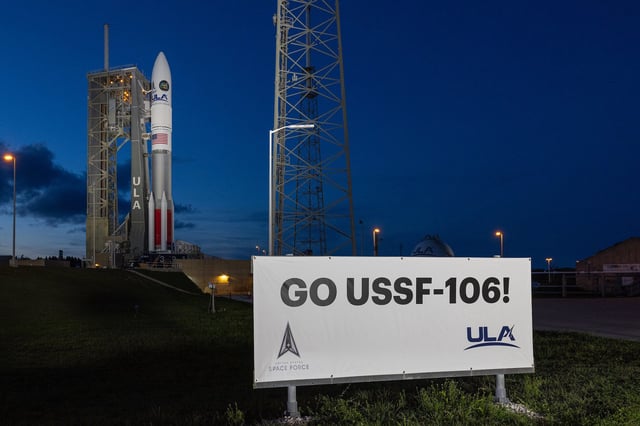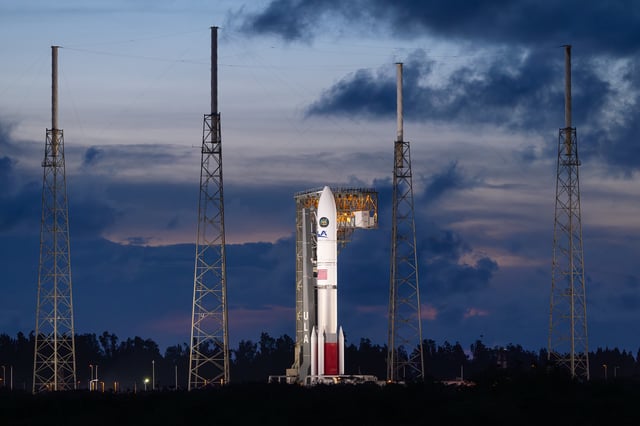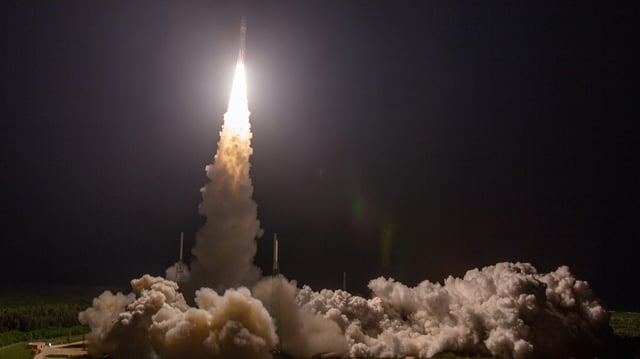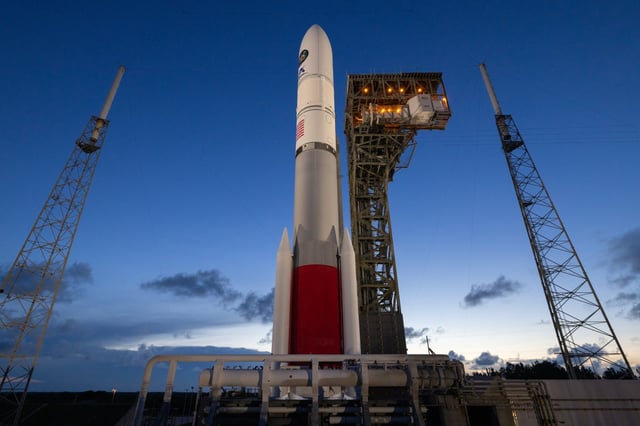Overview
- United Launch Alliance’s Vulcan Centaur lifted off from Cape Canaveral in a four-booster VC4S configuration to directly inject NTS-3 and at least one classified payload into geosynchronous orbit.
- NTS-3, built by L3Harris for the Air Force Research Laboratory at a cost of roughly $250 million, will run about 100 experiments over a year to test anti-spoofing signals, a steerable phased-array antenna and on-orbit reprogrammability.
- The successful USSF-106 flight marks ULA’s first operational mission under Space Force’s Phase 2 National Security Space Launch program, making it the second certified U.S. launch provider alongside SpaceX.
- The flight ends U.S. reliance on Russian-made RD-180 engines for national-security launches and establishes Blue Origin’s BE-4 as the new propulsion standard for ULA’s heavy-lift vehicles.
- Under a 25-launch Phase 2 order, ULA will clear its backlog of national-security missions and ramp up Vulcan operations with additional integration facilities and mobile launch platforms.



